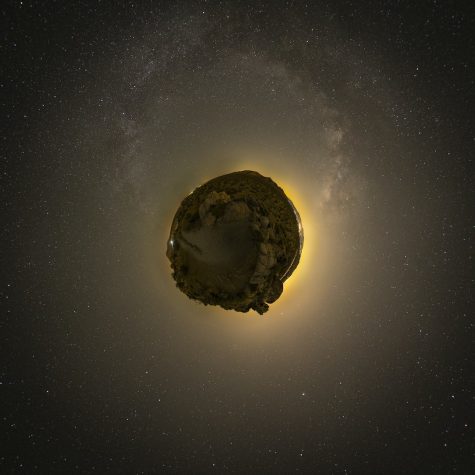DART, The Double Astroid Redirection Test
The Beginning of Planetary Defense
Ever since scientists theorized that the dinosaurs went extinct due to a catastrophic collision between earth and an asteroid a new question has emerged. Could it happen again? The answer is a scary yes but we have time to prepare. DART tests one way to stop an asteroid. Simply ramming something into it.
Scientists have theorized that if an asteroid is hit by a big enough object traveling at a high speed it’s trajectory can be significantly c hanged. So what does this mean? If an asteroid were to be on a trajectory to earth we could just hit it with a space craft causing it to miss us. This is the theory that inspired DART.
hanged. So what does this mean? If an asteroid were to be on a trajectory to earth we could just hit it with a space craft causing it to miss us. This is the theory that inspired DART.
Being just a test DART hit the asteroid system Didymos which has no real threat to earth but this test will provide important data for planetary defense. The system Didymos is composed of two asteroids. The larger asteroid Didymos and the smaller asteroid orbiting Didymos, Dimorphos, the target of the experiment.
Dimorphos is an asteroid about as tall as the washington monument and we have rammed it with a spacecraft about the size of an average school bus. The spacecraft was going at about 14,000 miles per hour when the impact occurred and made a significant crater. Nasa is currents trying to use light curves to calculate how the orbit of Dimorphos around Didymos was affected which will be quite difficult but in 2024 the European Space Agency will launch a mission called Hera to gather additional data.
While DART may seem like a small and insignificant mission it is a genesis point in planetary defense, specifically Kinetic Impactor Technology. And I can guarantee you that one day we will be thankful that we did it.
Related Stories:
https://www.nasa.gov/feature/early-results-from-nasa-s-dart-mission
https://www.space.com/dart-asteroid-mission
https://www.nature.com/articles/d41586-023-00601-4
https://www.sciencedaily.com/releases/2023/03/230301120854.htm
https://www.sciencedaily.com/releases/2023/03/230301120854.htm
Take Action:
https://www.spacefoundation.org/











